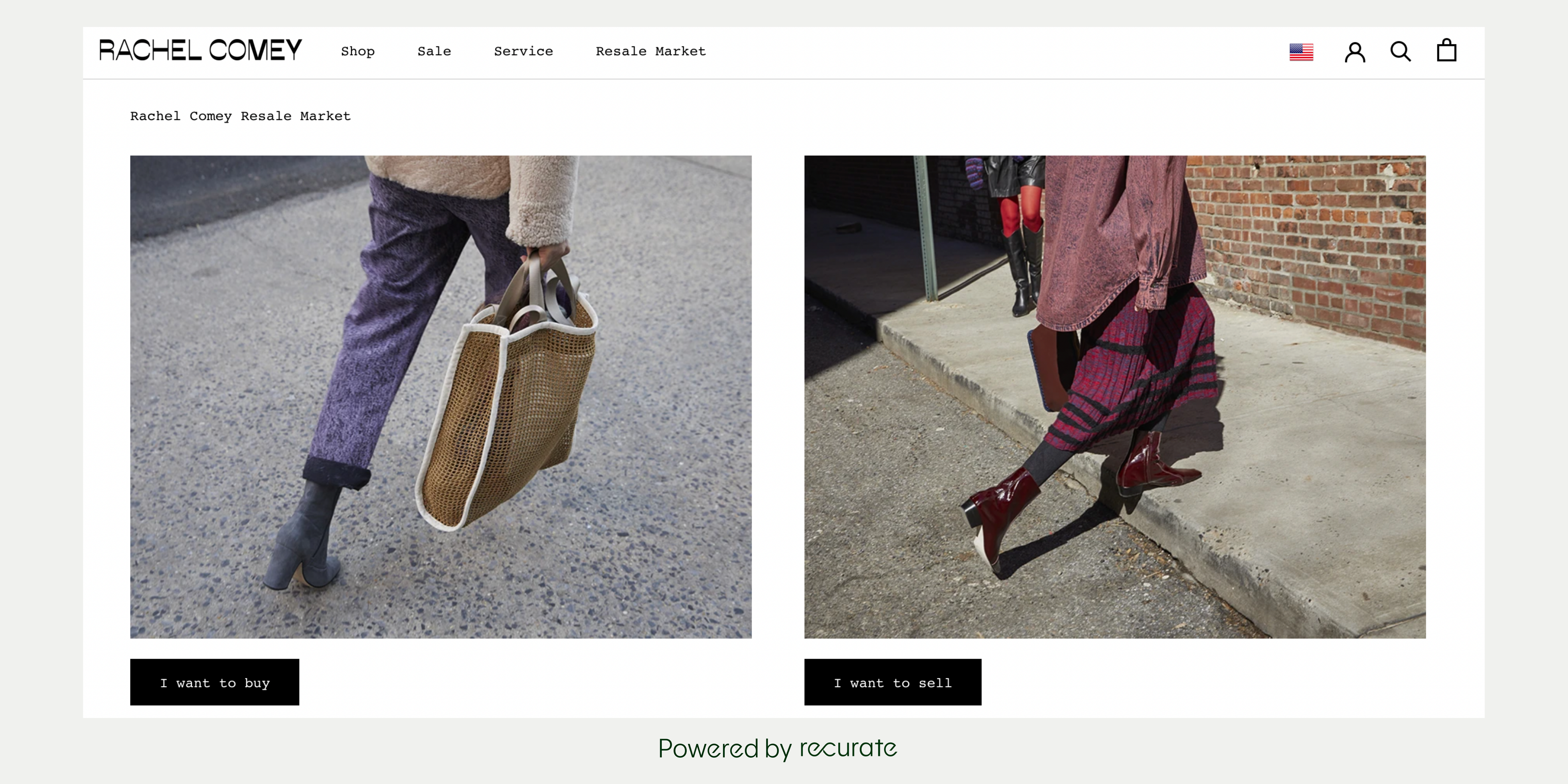As we head into the holiday season in the midst of a global supply chain crisis, fashion brands and customers alike are grappling with product shortages due to manufacturing delays and shipping backlogs. This layered and complex issue is not going to be resolved any time soon.
Until then, the fashion industry is adapting quickly to meet the holiday demands – and resale is a powerful tool they’re turning to.
Vulnerabilities in a Global Supply Network
As we’re all well aware, in order to produce new garments, fibers might be grown in one part of the world, fabric made in another, and final products constructed elsewhere. Then it’s off to the warehouse, retailer, and the long journey eventually comes to an end when it reaches the customer.
But the industry is collectively starting to grasp that the journey doesn’t end there. It’s really just the beginning.
Resale to Build Supply Resilience
Resale — which was gaining traction already with savvy and socially-conscious consumers — has become a no-brainer in our current climate. It offers fashion brands a whole new inventory to tap: customer’s closets, while building a new revenue stream. Here’s how we’re seeing fashion brands benefit from building a resale channel:
Brands can introduce a profitable sustainability initiative, re-engaging current customers and simultaneously acquiring new ones. Additionally, resale allows brands to benefit from selling their products not just one time but two, three, or even four times.
Customers can access unique products at a lower price point — and, better yet, they can get the goods they need on time. That luxurious alpaca sweater they want to treat a family member to for the holidays isn’t stuck at a port in California — it’s shipping directly from Linda in Portland, OR, who wore it gently and is happy to pass it along for its second life in return for cash or store credit.
At the same time, that garment’s impact on the planet is lower when it stays in circulation longer, since the need to produce new goods is reduced.
That’s where Recurate comes in
Wilson Griffin and I founded Recurate just under two years ago. We set out to make it as easy as possible for brands to get into resale. With our seamless e-commerce app, we help fashion brands of all shapes and sizes launch peer-to-peer resale channels directly on their e-commerce sites.
Our goal has always been to make resale a valuable channel for boosting sustainability, customer loyalty and revenue. But recently, we recognize the greater power in what we’ve built: resale has become an incredible way for brands to adapt in increasingly unpredictable times.
Not to mention, the barrier to entry for a branded resale model like ours is low — our brand partners have launched their platforms in as little as 6 weeks from implementation kickoff.
Resale Sector Positioned for Growth
We don’t need to dig too deep into the consumer data or industry reports to see that resale will continue to follow its meteoric growth trajectory. Customers have already demonstrated that buying and selling second-hand has become an integral, and, in some cases preferred, way of shopping. Now, it’s time for brands to catch up with demand and take charge of the resale experience.
At Recurate, we’re noticing a clear increase in brands looking to launch resale, but the motivation of bolstering inventory during the holiday crunch has seen a sharp increase. We’re proud to help brands adapt during a very challenging time and rebuild for a more circular future.
If any brands are interested in exploring resale, we’d love to have a conversation. Reach out directly to adam@recurate.com.



